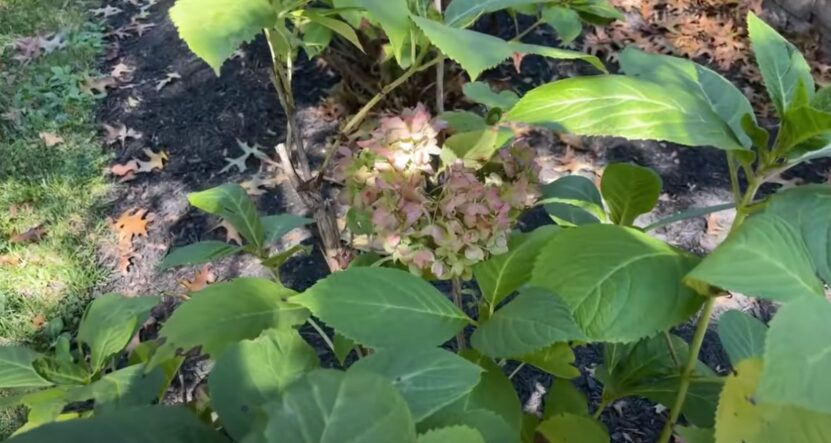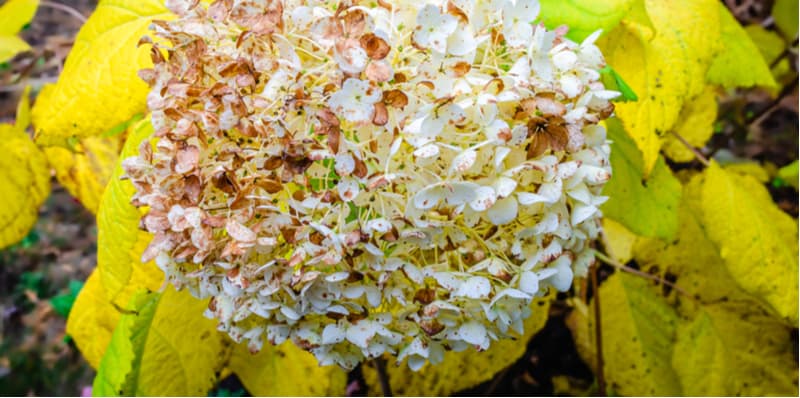Not known Facts About Hydrangea Leaves Turning Yellow
Wiki Article
Some Known Details About Hydrangea Leaves Turning Yellow
Table of ContentsHydrangea Leaves Turning Yellow - TruthsGetting The Hydrangea Leaves Turning Yellow To WorkHydrangea Leaves Turning Yellow Things To Know Before You Get ThisThe Greatest Guide To Hydrangea Leaves Turning Yellow
Hydrangea plants are recognized for their gorgeous blooms, but in some cases their fallen leaves can transform yellow. This is typically a sign that something is incorrect and the plant needs your aid. There are numerous possible causes of yellow fallen leaves on Hydrangeas, and the good news is a lot of them are very easy to fix. Here we'll cover one of the most usual reasons for Hydrangea leaves transforming yellow and how to repair them.Hydrangea leaves turning yellow can be a cause for worry. Hydrangea leaves usually transform yellow when the plant is overwatered.
When the roots of a plant are immersed in water for lengthy durations, they begin to stifle and rot. This process cuts off the roots' oxygen supply, triggering the fallen leaves to turn yellow and at some point pass away. Overwatering can additionally cause other troubles such as leaf decrease, root damage, and fungal development.
If you believe your Hydrangea is overwatered, the most effective option is to let the soil dry totally before watering once more. It's also a good concept to examine the drainage of your pot or yard bed and see to it that water is not pooling around the plant's origins. Hydrangea plants require well-drained soil to grow.
Hydrangea Leaves Turning Yellow - Truths
Hydrangea leaves can also transform yellow if the plant is not obtaining sufficient water. This happens when the plant does not obtain adequate water, and the soil begins to dry out.
This is known as "plant food shed," It happens when the plant's roots are subjected to as well much fertilizer. Various other indicators of fertilizer shed consist of brownish or yellow fallen leaves, wilting, and stunted growth.
This will help remove any type of excess fertilizer from the roots of the plant. It's also a good idea to lower the quantity of plant food you are making use of.
The Hydrangea Leaves Turning Yellow Diaries

If your Hydrangea is plagued with pests, treating the plant with neem or gardening oil is the very best remedy. It's also good to remove any kind of damaged fallen leaves from the plant. You can do this by hand or with a set of trimming shears. It's also a great concept to examine have a peek here the plant regularly for insects and remove them as soon as you see them.
Hydrangea leaves can additionally transform yellow if the temperature emphasizes the plant. The fallen leaves of the plant will transform yellow and begin to drop off.
If the temperature level stresses your Hydrangea, you require to relocate the plant to an area where it will certainly be safeguarded from the severe chilly or warmth. You can likewise attempt to supply the plant with some partial color if exposed to route pop over to this site sunlight. You can likewise try including mulch around the plant base to help regulate the temperature level.
Indicators on Hydrangea Leaves Turning Yellow You Should Know
The fallen leaves can likewise turn yellow if the Hydrangea plant has root rot. This is usually caused by overwatering or bad water drainage. When the plant's origins are immersed in water for too long, they start to rot. Among one of the most common root rot symptoms is yellowing leaves, as the fungus avoids the origins from soaking up nutrients from the soil.Various other indications of origin rot consist of stunted development, wilting, and leaf decline. Inspect the roots of your Hydrangea if it has root rot. If they are black or brownish, after that they are most likely rotten. If some healthy origins are left, you can try to conserve the plant by replanting it in a brand-new pot with fresh dirt.
If your Hydrangea is greatly impacted by origin rot, starting with a new plant is best. As Hydrangeas age, their leaves will slowly transform yellow and brown anchor before dropping off the plant.
You can assist the plant by guaranteeing it is getting adequate water and nutrients. You can likewise mulch around the plant base to help it retain wetness. There are a number of reasons hydrangea leaves may turn yellow and diminish. Hydrangea Leaves Turning Yellow. One possibility is that the plant is not getting sufficient water.
Report this wiki page